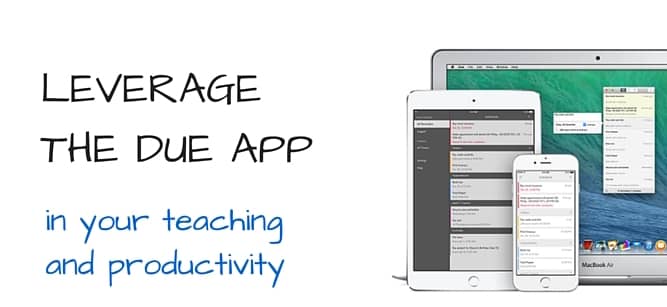My apologies to those of you who prefer a bit more sophisticated reference to the movie Jerry Maguire… I'm coming off of more than a week with a nasty virus and may not be able to manage much more than this.
At 1:15 in the clip, Jerry says, “Help me, help you.”
That's what I'm asking you for today…
I've been airing Teaching in Higher Ed podcasts weekly since June 2014.
As I start thinking about summer of 2016, I wonder if I should keep going with the same pattern that I have been on, or perhaps modify my approach a bit during those months.
Help me, help you
Please consider getting in touch through the comments section, below, or if you receive this via email, you can just reply with answers to any of the following questions:
- How could Teaching in Higher Ed best support your professional development over the summer?
- How regularly will you be listening to podcasts over the summer?
- What have been 1-2 of the episodes that we have aired so far that have changed your teaching in some way and how did they impact that change?
- What's one area in your teaching or personal productivity that you are struggling with right now?
[reminder]Thank you for considering providing input as I consider how to approach summertime with Teaching in Higher Ed. [/reminder]
I know that many of you teach year round and appreciate hearing from you, as well, about your listening habits and episodes that have transformed your teaching…



